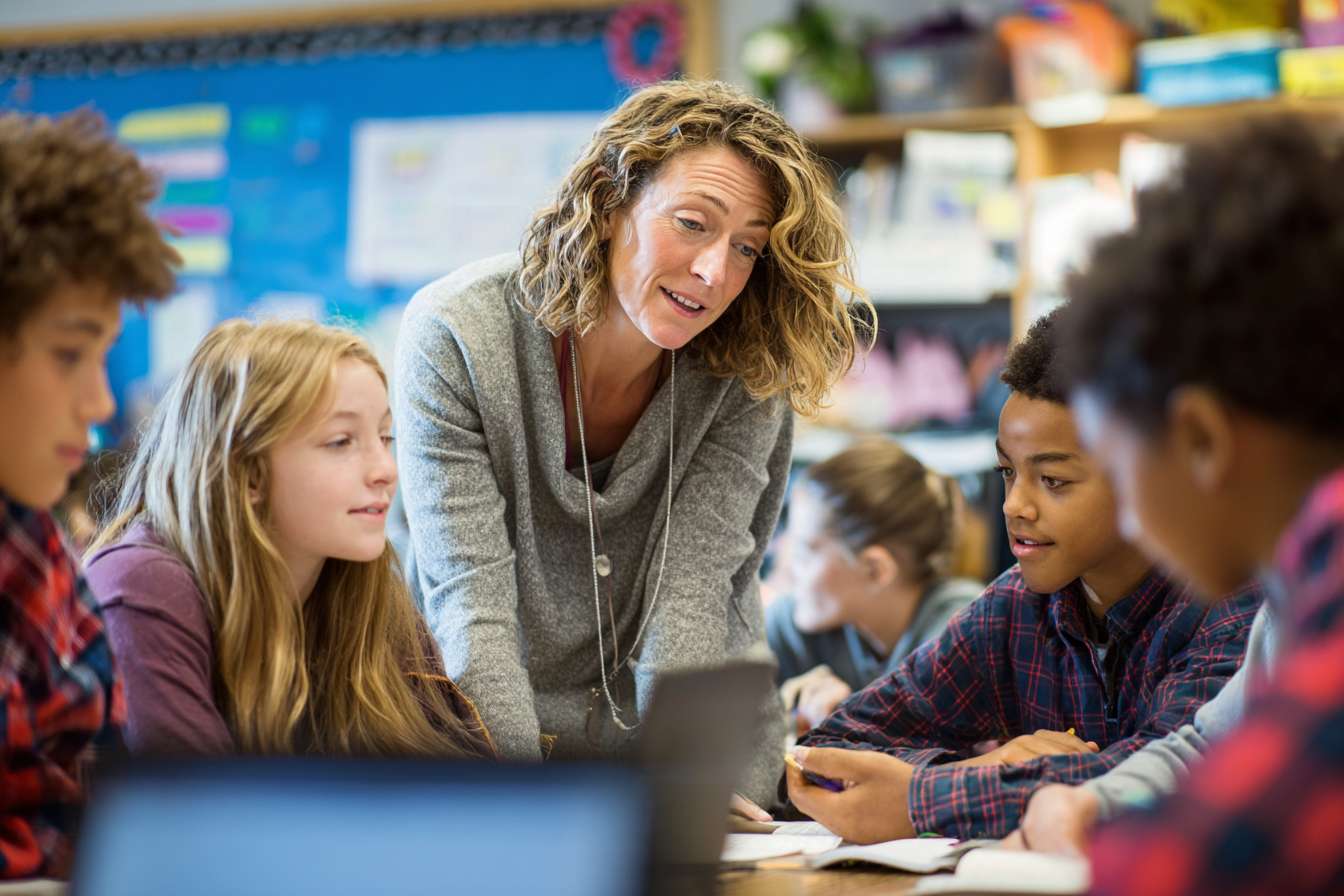Unit Plan 19 (Grade 8 Math): Transformations on the Coordinate Plane
8th graders explore translations, reflections, and rotations on the coordinate plane, using rules to track coordinate changes, verify preserved properties, and describe how each transformation affects orientation.

Focus: Perform and describe rotations, reflections, and translations; track coordinate changes and orientation.
Grade Level: 8
Subject Area: Mathematics (Geometry)
Total Unit Duration: 5 sessions (one week), 45–60 minutes per session
I. Introduction
This week develops fluency with rigid motions—translations, reflections, and rotations—on the coordinate plane. Students perform transformations, describe their effects using coordinates, and verify key invariants: lengths and angle measures stay the same and parallel lines remain parallel. They also attend to orientation (order of vertices) and use precise language about vectors, lines of reflection, and centers/angles of rotation.
Essential Questions
- What stays the same (and what can change) when a figure is translated, reflected, or rotated?
- How can I use coordinates to predict and verify the image of a point or figure?
- How do different transformations affect orientation and how can I describe a sequence clearly?
II. Objectives and Standards
Learning Objectives — Students will be able to…
- Perform and describe translations, reflections, and rotations of figures on a coordinate grid, naming vectors, lines of reflection, and angles/centers of rotation.
- Track points with coordinate rules (for example, translation by ⟨a, b⟩ sends (x, y) to (x + a, y + b); reflection across the x-axis sends (x, y) to (x, –y)).
- Verify experimentally that under these transformations:
- lines map to lines and segments keep their lengths,
- angle measures are preserved,
- parallel lines remain parallel.
- Explain which transformations preserve orientation (translations, rotations) and which reverse it (reflections), and justify decisions using coordinates and diagrams.
Standards Alignment — CCSS Grade 8
- 8.G.1a: Verify experimentally that a rotation, reflection, or translation carries lines to lines and segments to segments of the same length.
- 8.G.1b: Verify experimentally that angles are preserved under rotations, reflections, and translations.
- 8.G.1c: Verify experimentally that parallel lines are taken to parallel lines under rotations, reflections, and translations.
- 8.G.3: Describe the effect of dilations, translations, reflections, and rotations on two-dimensional figures using coordinates. (This unit focuses on translations, reflections, and rotations; dilations are previewed for contrast.)
Success Criteria (student-friendly)
- I can produce the image of a point or figure and name the transformation precisely.
- I can use a coordinate rule to send (x, y) to its image and check with a graph.
- I can show that lengths, angles, and parallelism are unchanged by these moves.
- I can state whether the transformation preserves or reverses orientation and explain why.
